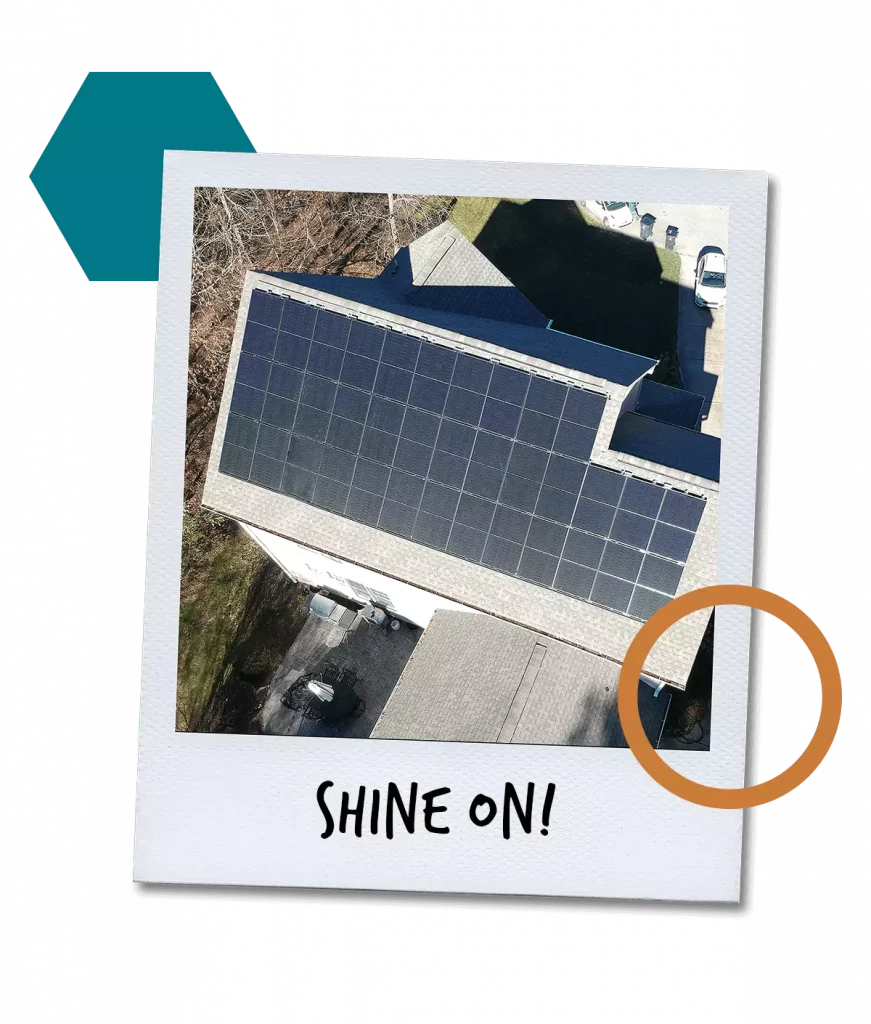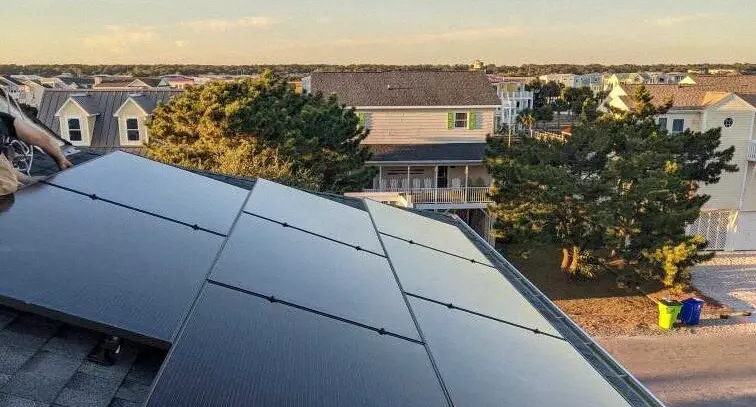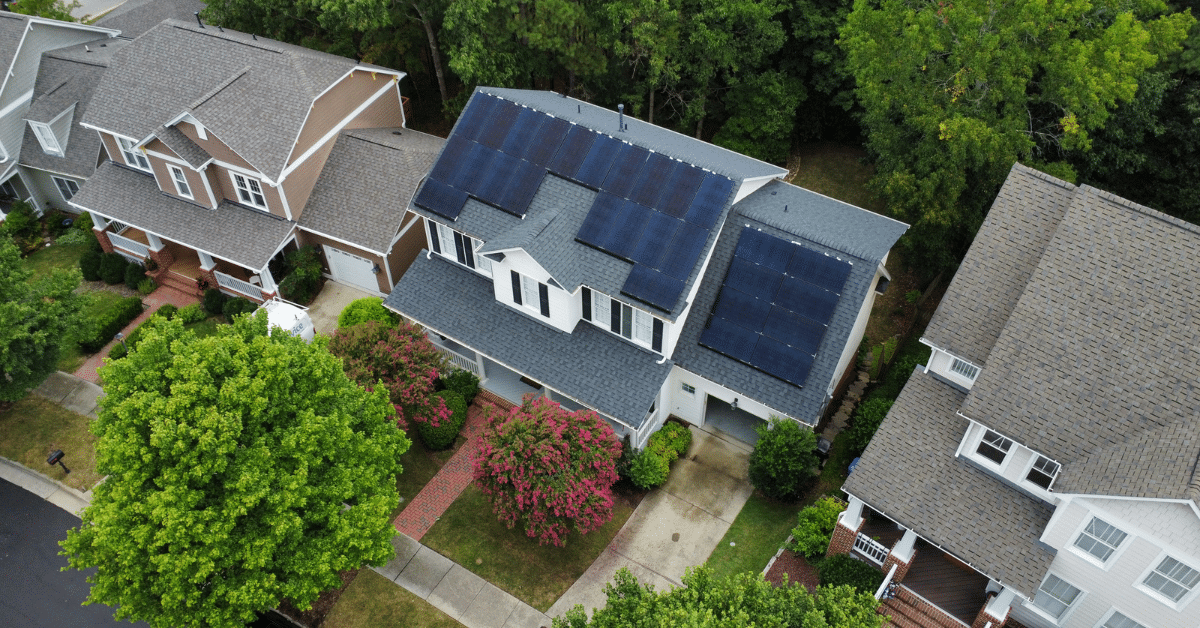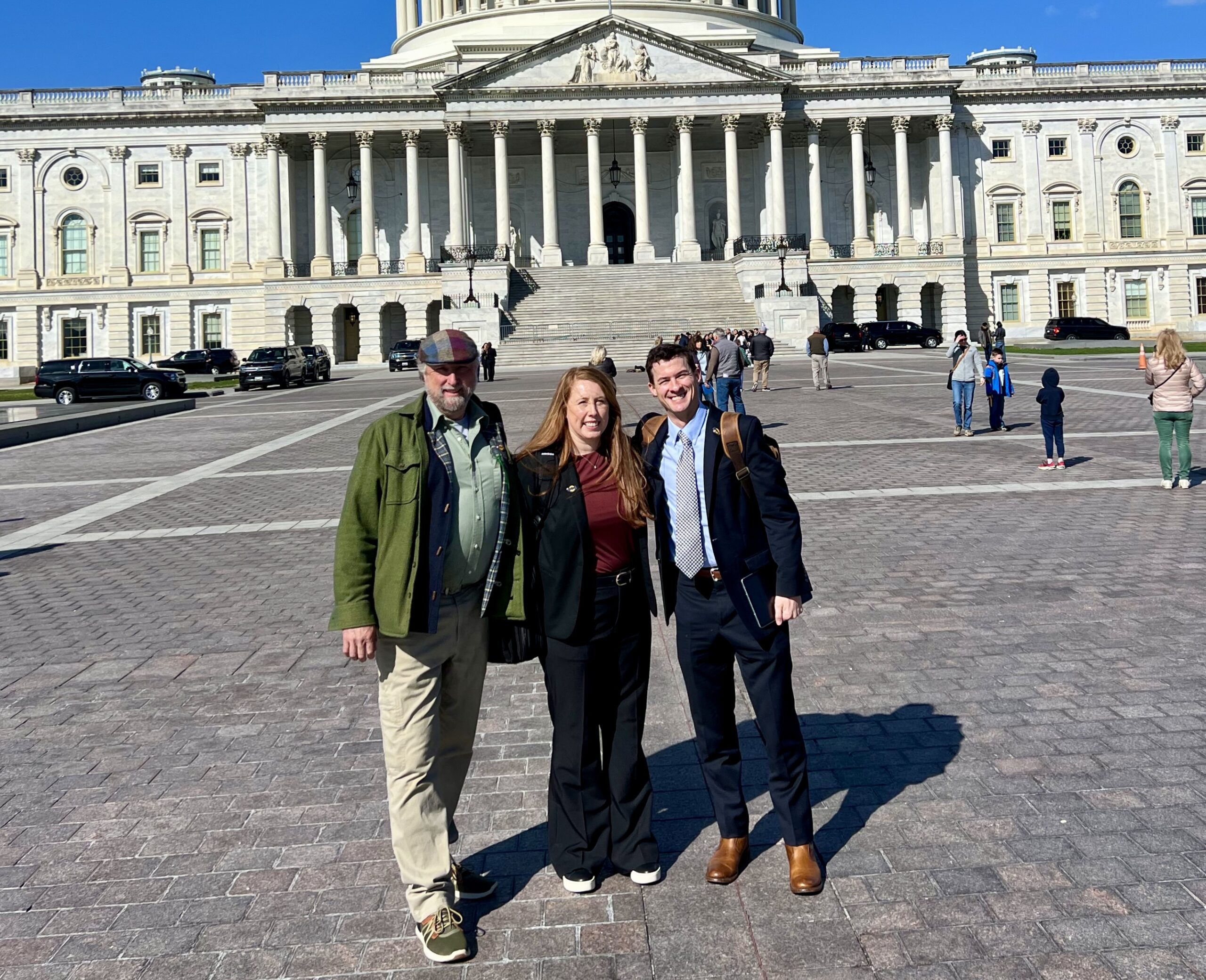- Lindsay Brecheisen
- November 23, 2021
- 4 Minute Read
What's the deal with HB951 in NC?
Signed into law by Gov. Cooper October 13, House Bill 951: Energy Solutions for North Carolina (HB951) has been quite the attention-grabber with the involvement of special interest groups and a decade worth of policy packed into a relatively short bill. Here we’ll give you the SparkNotes breakdown and walk through how it might affect sustainable energy and ratepayers in North Carolina.
How does HB951 impact sustainability in NC?
Carbon reduction is the goal.
The Utility Commission will be required to take “all reasonable steps” to achieve reduction goals, with the long-term target of reaching carbon neutrality by 2050.
According to the North Carolina Sustainable Energy Association (NCSEA), “The carbon goals can be achieved via the use of technologies such as power generation, transmission and distribution, grid modernization, storage, and energy efficiency measures, demand-side management, and the latest technological breakthroughs that meet the least-cost criteria.”
How will HB951 affect ratepayers?
Rate Increases
With a shift toward performance-based rate regulation, the multi-year rate plan provision could have several impacts:
A multi-year rate plan (MYPR) allows the utility to charge customers for projected future costs rather than the current structure of charging for the costs retroactively.
In 2019, Duke Energy attempted to pass legislation to implement MYPRs; their reasoning was storm recovery and grid updates.
“The bill proposes three-year MYRPs, and while it limits the rate increases possible in the second and third years of the plans to 4%, it does not set a limit for the first year and does not allow the Commission to make changes to a proposal from Duke. The legislature would restrict the Commission to only approving or denying a plan, a significant change from current practice that allows the Commission to make alterations to a utility rate change proposal.”
— Source: Energy and Policy Institute
HB951 also introduces securitization for several coal plant retirements. Securitization is being used more frequently as a way to address unprofitable coal plants by converting the un-depreciated power plant balances into lower-cost bonds backed by ratepayers.
NCSEA estimates this could result in $1 billion in un-depreciated coal to be securitized. Put simply, this structure allows the utility to build these payments into customer rates directly.
Inequity for Residential Customers
Falling under MYRP, HB951 allows for performance-based ratemaking (PBR), which would give the Utility Commission authority to incentivize and penalize a utility based on its performance (e.g. carbon reduction).
“In part of authorizing PBR, the bill mandated the Commission to use the “minimum system method” to allocate distribution costs across customer classes. Utility regulatory experts say the minimum system method unfairly places costs on residential customers and “low-use” users, such as apartment dwellers.”
What does HB951 mean for you at the end of the day?
Like many bills that go through these days, there is a lot packed into the language with some quantitative measurables and other soft language like “all reasonable steps.” While improvements to the grid infrastructure are a positive and a much-needed step, it does come with a cost.
In North Carolina, we have had the benefit of some of the lowest costs per kWh for energy over the last decade. Whether this is due to a lack of infrastructure upgrades in the past, or short-sided dependence on low-cost coal energy, there are changes coming.
At the end of the day, the ratepayers (you!) are the ones footing the bill. When looking at the cost of owning a home, we often evaluate the monthly mortgage and forget about the total cost of ownership, including utility bills. As the cost of electricity increases 4-5% per year, many will no longer have that luxury.
Taking both the current and future energy costs into account when purchasing and owning a home will be necessary for those that maintain the status quo and continue to buy their energy the “old-fashioned” way.
By investing in the sun, you can lock in your energy rate and shield yourself from rising energy costs, while helping North Carolina reach carbon reduction goals. A win-win!

Ready to Get Started?
Schedule a free assessment to learn more about solar power & battery storage for your home.
About Us
North Carolina’s solar power and building performance expert. Founded in 2001, we’ve worked for 20+ years to improve the way people make and use energy.















